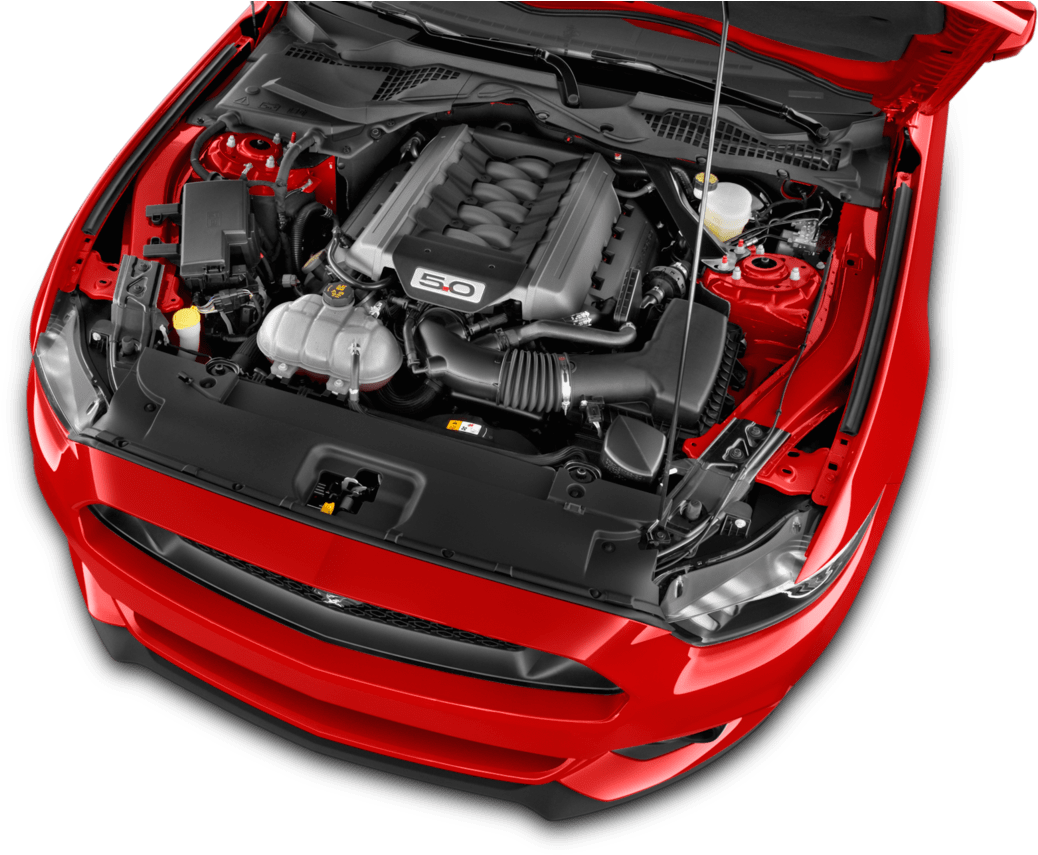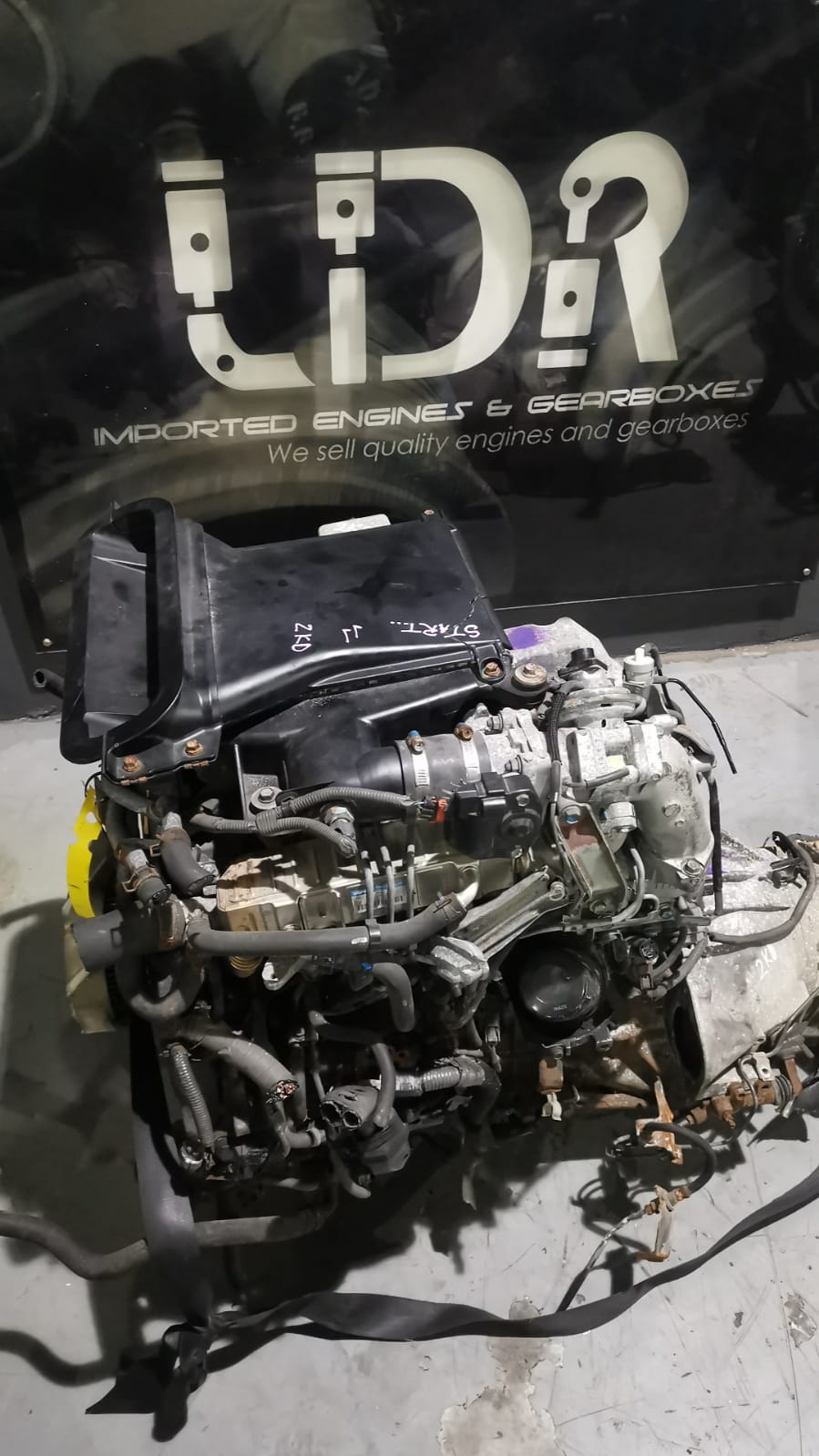Discovering the Inner Functions of a Compact Vehicle's Engine System
As motorists, we frequently take for approved the elaborate procedures that occur within the confines of our automobile's engine system. In this expedition of a compact automobile's engine system, we will certainly decipher the inner operations of this mechanical symphony, dropping light on the enigmas that drive us forward on our daily journeys.
Burning Refine Review
The burning process in a small automobile's engine system is a critical mechanism that successfully converts fuel right into energy to power the car. This process takes place within the burning chamber of the engine, where gas and air mix, spark, and generate regulated explosions. The combustion procedure includes four major stages: intake, power, compression, and exhaust.
Throughout the intake stage, the piston moves downward, reeling in a mixture of air and fuel right into the combustion chamber. The following phase, compression, entails the piston moving upward, pressing the air-fuel mix to boost its effectiveness. Subsequently, in the power phase, the ignition system ignites the pressed combination, leading to a fast growth of gases that compels the piston pull back. This downward activity creates the power required to drive the car. Ultimately, in the exhaust stage, the burnt gases are eliminated from the combustion chamber with the exhaust valve, preparing the chamber for the next cycle. This cyclic combustion procedure is essential to the procedure of a small car's engine system, making sure efficient power conversion for propulsion.
Piston and Cyndrical Tube Interaction

The piston's precise fit within the cylinder is essential for maintaining optimum compression and preventing power loss throughout combustion. Limited clearances in between the piston and cylinder walls make certain efficient securing, enabling the piston to relocate smoothly without enabling gases to leak past. Proper lubrication is also crucial to minimize rubbing and use in between these parts, enhancing long life and performance.
Additionally, the style and materials utilized in making the piston and cylinder impact engine performance and durability. Modern engines commonly use lightweight yet long lasting products like aluminum alloys for pistons and cylinder linings to decrease inertia and enhance thermal effectiveness. In general, the unified interaction in between the piston and cyndrical tube is fundamental to the engine's performance and general performance.
Gas Injection System Capability
Fuel shot systems in portable vehicle engines play an essential role in precisely supplying fuel to the combustion chamber for controlled and reliable ignition. The gas injection system operates by infusing fuel into the burning chamber at the ideal minute during the engine's operation (opel corsa engine). This accurate timing ensures that the gas blends evenly with the air for appropriate combustion, resulting in enhanced gas effectiveness and minimized discharges
There are mostly two kinds of gas injection systems made use of in small vehicle engines: port gas injection (PFI) and direct fuel shot (DFI) PFI systems inject gas right into the intake port prior to the consumption next valve, while DFI systems inject fuel straight right into the combustion chamber. Both systems have their benefits, with DFI offering far better fuel atomization and PFI supplying a more cost-effective service.
Comprehending Engine Air Conditioning Devices
Effective procedure of a compact vehicle's engine depends heavily on the performance of its cooling systems. Engine air conditioning is necessary to protect against overheating, which can cause major damages and decreased efficiency. The air conditioning system in a portable vehicle commonly contains several elements functioning together to manage the engine temperature level. One vital component is the radiator, which uses coolant to take in warm from the engine. As the warm coolant streams with the radiator, it launches warm right into the air, cooling prior to returning to the navigate to these guys engine. The water pump circulates the coolant via the engine and radiator, ensuring a consistent flow to manage temperature level. Furthermore, the thermostat assists manage the coolant flow to keep optimum engine temperature level. Some lorries additionally have cooling down followers that turn on when added air conditioning is required, such as throughout heavy website traffic or heat. Recognizing these engine air conditioning systems is crucial for preserving the performance and long life of a compact vehicle's engine system.

Exhaust System Parts Explained
The optimal functioning of a compact lorry's engine air conditioning systems depends on a corresponding system referred to as the exhaust system, which comprises numerous necessary components for ensuring efficient exhausts and engine efficiency. The exhaust system includes components such as the exhaust manifold, catalytic converter, muffler, and tailpipe. The exhaust manifold accumulates exhaust gases from the engine's courses and cylinders them to the catalytic converter. The catalytic converter after that converts hazardous pollutants in the exhaust right into much less hazardous emissions prior to releasing them via the muffler and tailpipe.
One crucial part of the exhaust system is the oxygen sensor, which checks the oxygen levels in the exhaust gases to assist regulate fuel intake and guarantee optimal engine efficiency. opel corsa engine. Additionally, the resonator might exist in some exhaust systems to decrease sound levels. In general, the exhaust system plays a crucial duty in keeping engine efficiency, lowering damaging emissions, and guaranteeing a quieter driving experience for portable car owners

Conclusion
In verdict, the small car's engine system is an intricate mix of components that function together to help with the combustion process, transform gas into energy, and get rid of waste gases. Understanding the inner operations of the engine system, consisting of the piston and cyndrical tube interaction, fuel injection system, engine cooling systems, and exhaust system elements, is vital for keeping optimum efficiency and efficiency of the vehicle.
The combustion process in a compact car's engine system is an important device that efficiently converts fuel right into power to power the automobile.Fuel injection systems in compact car engines play an important duty in specifically supplying gas to the combustion chamber for efficient and regulated ignition.There are largely 2 kinds of fuel injection systems made use of in portable vehicle engines: port fuel injection (PFI) and direct gas injection (DFI) Comprehending these engine air conditioning devices is crucial for Check This Out keeping the efficiency and durability of a small vehicle's engine system.
The ideal functioning of a small vehicle's engine air conditioning devices depends on a complementary system known as the exhaust system, which consists of numerous vital elements for making certain reliable discharges and engine efficiency.
Comments on “Update Your Lorry with a New Opel Corsa Engine”